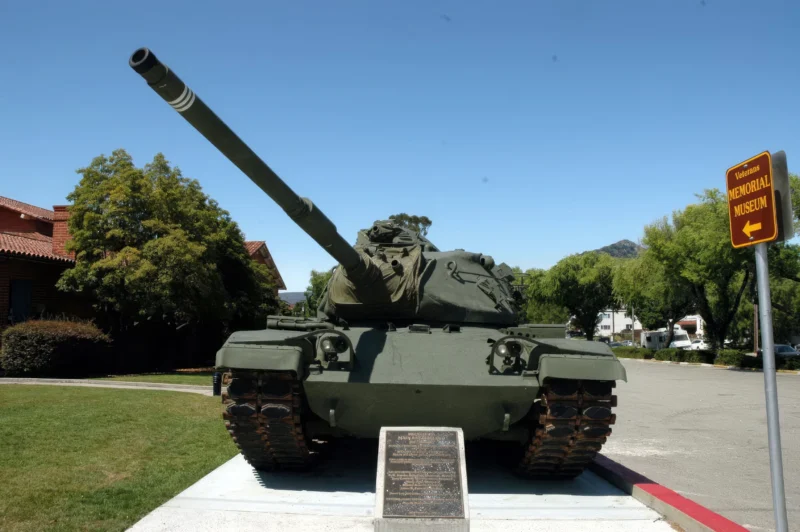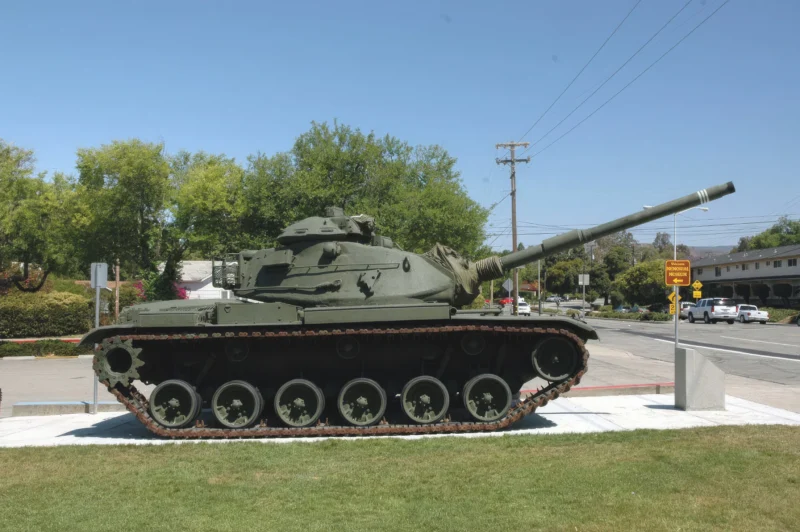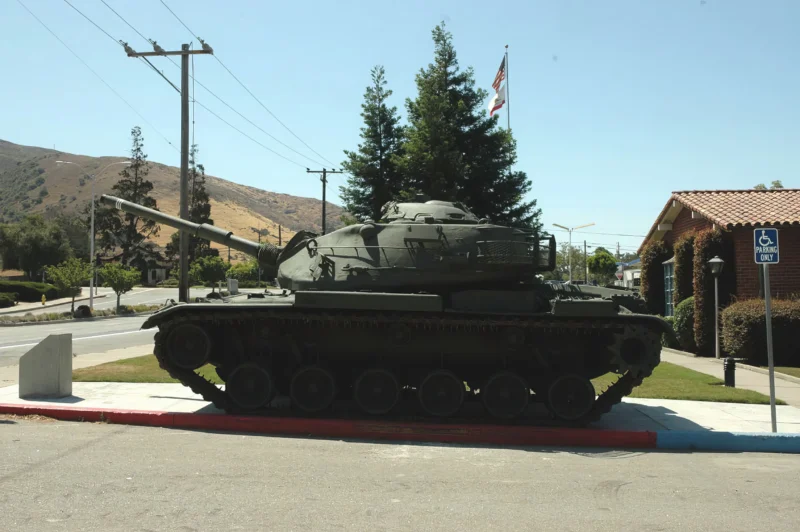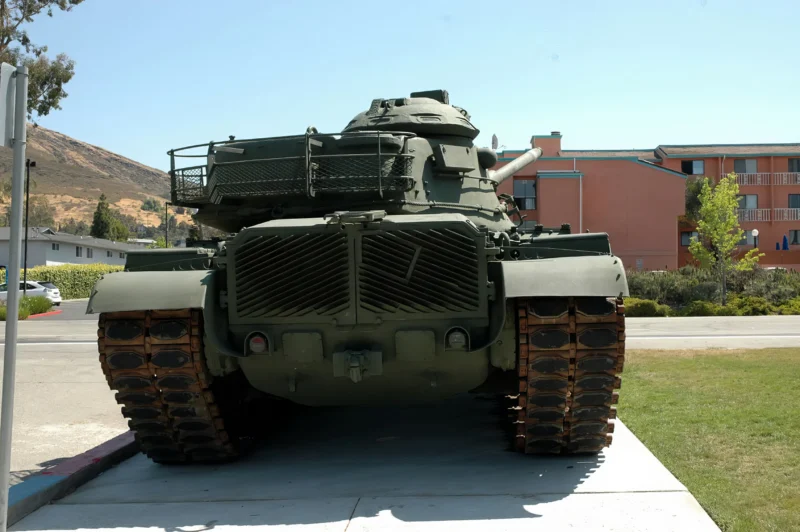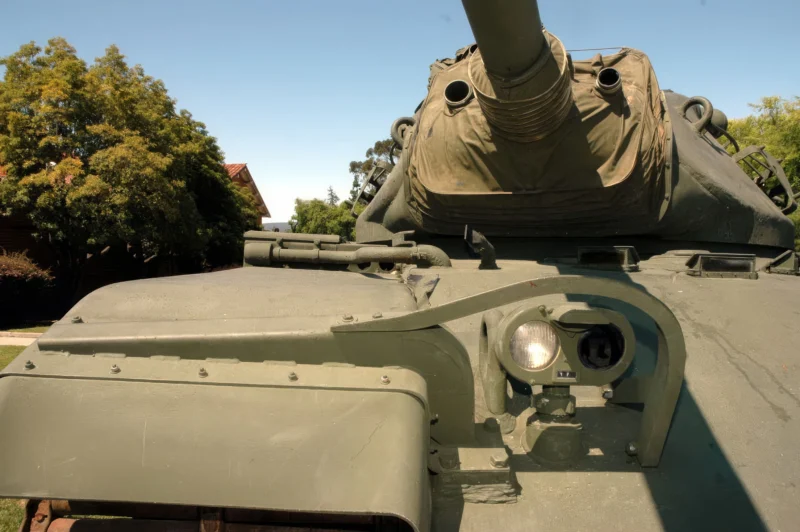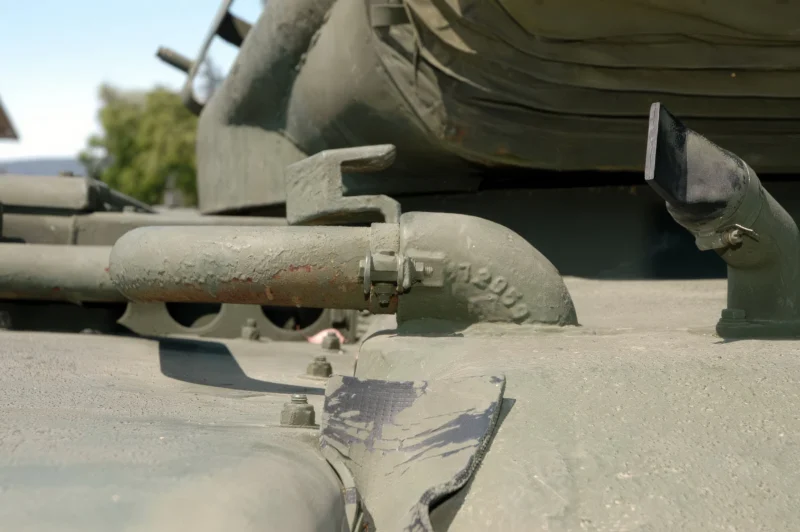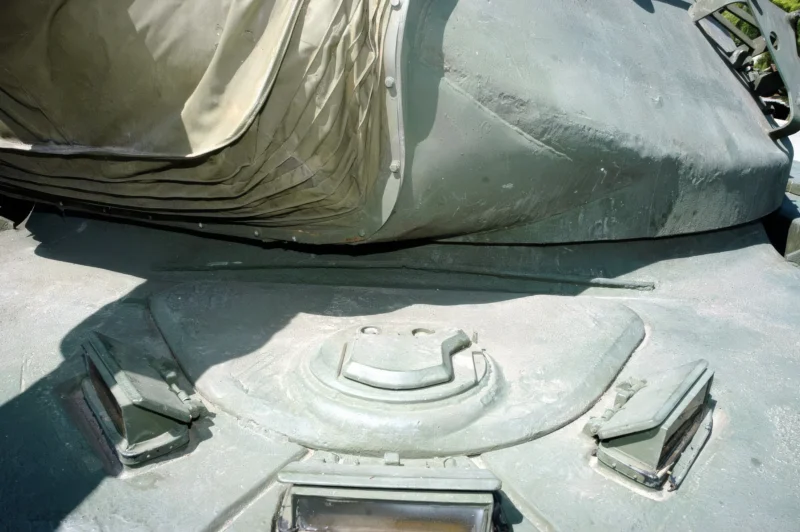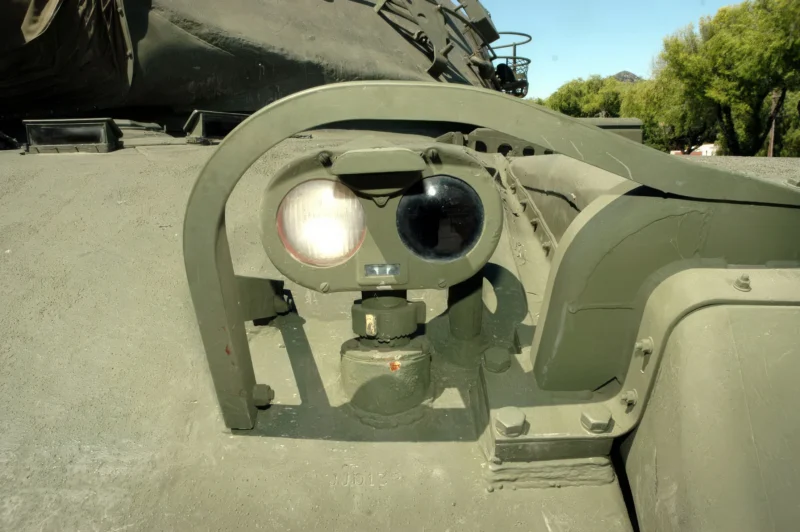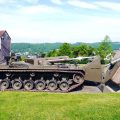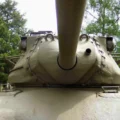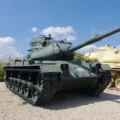The M60 is an American second generation main battle tank (MBT). It was officially standardized as the Tank, Combat, Full Tracked: 105-mm Gun, M60 in March 1959. Although developed from the M48 Patton, the M60 tank series was never officially classified but sometimes informally grouped, as a member of the Patton tank family. The similarities can be noted in the original variant of the M60 and the M48A3. The US Army considered it as a “product-improved descendant” of the Patton tank’s design. The United States fully committed to the MBT doctrine in 1963 when the Marine Corps retired the last (M103) heavy tank battalion. The M60 tank series became America’s primary main battle tank during the Cold War. Over 15,000 M60s were built by Chrysler. Hull production ended in 1983, but 5,400 older models were converted to the M60A3 variant ending in 1990.
Source: M60 tank on Wikipedia
| M60A1 Walk Around |
|---|
| Photographer | Vladimir Yakubov |
| Localisation | Unknow |
| Photos | 63 |
| M60A3 Patton Tank Walk Around |
|---|
| Photographer | Riso Horcik |
| Localisation | Unknow |
| Photos | 69 |
| M60A1 Walk Around |
|---|
| Photographer | Unknow |
| Localisation | Unknow |
| Photos | 57 |
The **M60A3** was the final and most technologically advanced variant of the US M60 tank series, serving as a critical component of American and allied armored forces during the latter half of the Cold War. While it retained the M60 family’s general layout and steel armor, its most significant improvements were centered around a highly modernized **Fire Control System (FCS)**, granting it superior first-round hit probability, especially at night.
Key Upgrades and Features
Unlike earlier models, the M60A3 focused on electronic and sighting systems rather than major changes to the main gun or armor:
- Laser Rangefinder: It replaced the older, less accurate optical coincidence rangefinder with a reliable **AN/VVG-2 laser rangefinder**, dramatically increasing ranging speed and accuracy.
- Ballistic Computer: The FCS incorporated a new **solid-state M21 ballistic computer** which automatically calculated fire solutions based on range, ammunition type, crosswind, and tank cant.
- Tank Thermal Sight (TTS): The most crucial addition was the **Tank Thermal Sight (TTS)** for the gunner. This system gave the tank a massive advantage by enabling the detection and accurate engagement of targets in complete darkness or poor visibility (smoke, fog, etc.).
- Main Gun: It retained the proven **105 mm M68 rifled gun** (a US-built version of the British L7), a NATO standard weapon, often fitted with a thermal shroud to reduce barrel warp from heat.
General Specifications
- Weight: Approximately 54 tons (combat loaded).
- Engine: Continental AVDS-1790-2C V-12 air-cooled diesel (750 hp).
- Road Speed: Around 30 mph (48 km/h).
- Crew: 4 (Commander, Gunner, Loader, Driver).
- Armament: 105 mm M68 rifled gun, 7.62 mm coaxial machine gun, 12.7 mm anti-aircraft machine gun.
- Armor: Rolled homogeneous steel armor.
Despite its superior FCS, the M60A3’s armor was less survivable against new anti-tank guided missiles and kinetic energy penetrators developed in the 1980s. It was eventually succeeded by the M1 Abrams tank in US service, though the M60A3 remains in use with numerous foreign armies.
Views : 6131

